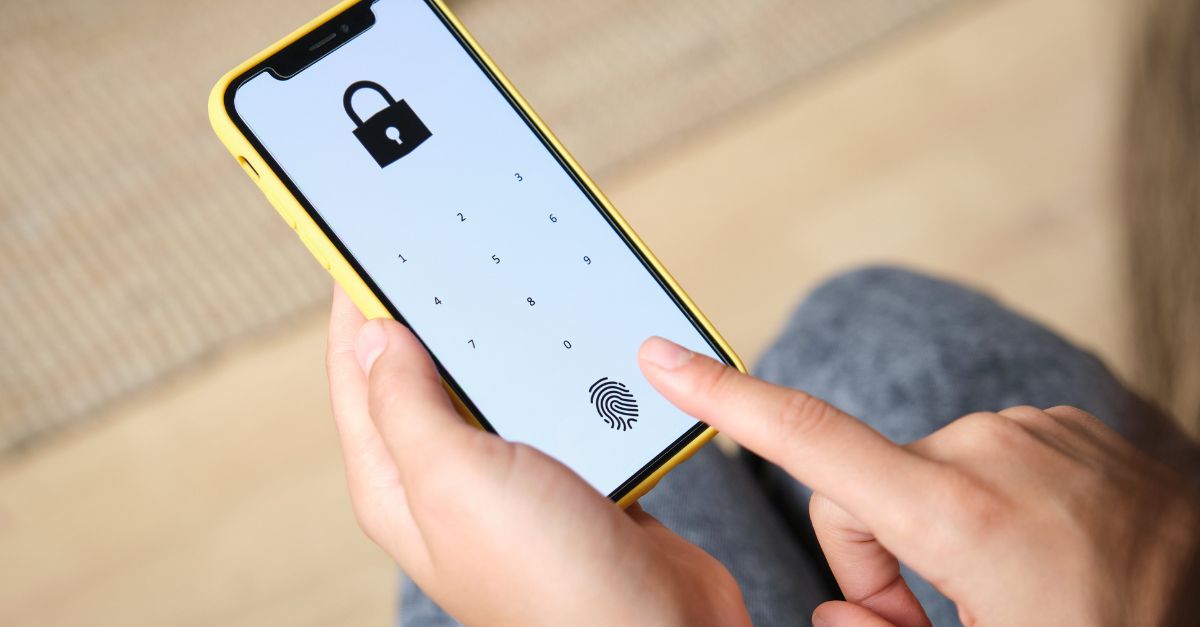Even though many workers are familiar with multi-factor authentication (MFA) from using their smartphones, less tech-savvy employees may find it a challenge. Already, an estimated 52% of internet users use the same password for all their accounts, underscoring the need for higher levels of cybersecurity. As cybersecurity is predicted to be a main focus for organizations in the future, there will likely be more MFA requirements incorporated in the workplace.
Sufficiently educating employees on the importance of security and properly training them on how to use MFA will be increasingly important for organizations. In this article, we will outline the most common user problems that surround MFA, how IT leaders can proactively prevent them from occurring, and why MFA is so important for cybersecurity. We’ll talk about what a successful MFA rollout looks like and how to replicate this for your own organization.
Common MFA challenges
When employees face barriers while setting up and using MFA, they will be less likely to adopt the new technology. The good news is that most challenges surrounding MFA come from a lack of user awareness. This can be readily addressed with proper training and resources, often provided by a high quality MFA vendor.
IT leaders may forget that there are many people who are still unfamiliar with MFA. In our fast-paced, quickly evolving digital world, it’s important to remember that there will always be some who lag behind the latest technological developments. This is the case in all professions, regardless of the industry.
For example, recent surveys have found that a majority of developers have under five years of experience. Developers who have up-to-date knowledge of new technology, i.e. those who are straight out of college, are highly sought after. This is because even dev professionals just 5 years out of college might have a lot of outdated knowledge and need to be re-educated on different systems and technology that have developed since their graduation. In this context, it’s easy to understand why so many employees – never mind those outside the tech industry – may need re-training in basic cybersecurity.
You should choose an MFA vendor that has extensive resources (like GlobalSign!). If training resources come in a variety of mediums – such as written instructions, datasheets, and videos – this is even better, since there are many different learning styles.
Many employees prefer to set up MFA to their personal devices, so they can access work-related materials even from home, so make sure that the MFA service you choose is compatible with a wide array of devices. Ask your MFA vendor if there are any devices that are incompatible with their program before committing to it.
Brushing up on basic cyber hygiene
First and foremost, you must make sure that your employees understand why MFA is so important. Ideally, this should be part of an overall cyber hygiene training that builds a culture that prioritizes security in the workplace. This training should encourage people to make sure both their personal and professional data are being protected with the highest degree of security.
People are less likely to adopt new procedures or follow through on new policies if they do not understand the reasoning behind it. Make it clear to your employees that changes in policies and procedures are necessary to stay up to date and protected from modern threats.
With remote work on the rise, a solid understanding of cybersecurity is essential for any workplace. Your organization may want to take this opportunity to educate your workforce on other personal security essentials, such as checking for SSL/TLS certificates when they are browsing websites. If your own company does not use SSL/TLS for their brand website, now is the time to look into this as an important first step towards a basic level of security.
According to web developer Nathanial Finch from Best Web Hosting Australia, any hosting service you use for your website should come with SSL encryption as part of the package.
“SSL should be standard with any web hosting service,” says Finch. “Any site selling digital or physical products online needs an SSL certificate. Any SEO-centric website needs one as well if you want it to show up in Google searches."
Explain to employees how new practices protect both company information and employee’s personal data, and consider sharing other steps your company is taking to enhance privacy. Explain to employees how an account that relies solely on password protection is vulnerable to hacking, and briefly review the sophisticated attacks which are now common and what your company is doing to protect both workers and customers.
How to smoothly roll out MFA
Independent of industry, in order to seamlessly transition to MFA, IT leaders need to consider the steps they take before they roll out a new program, during the initial stages of the rollout as well as after MFA has been completely implemented.
Before rolling out the new MFA program, make sure that the users that will be affected are alerted and prepared for the transition at least two weeks in advance. Alert users more than once, preferably through email and other mediums, to make sure the message is received. Try to provide as much information as possible in the message without overwhelming them with too much information.
Give users information on what to expect, how this will affect them, whether they will need to link a personal device, and when the change will occur. Explain the reasoning behind the change and whether users need to take any steps before the rollout, such as downloading new applications. Of course, if you choose a good MFA vendor that has training resources, this would be a good opportunity to mention that these will be provided during implementation.
When your MFA program is rolled out for the first time, be sure to share all the training resources you have the day before. Prepare your IT team for a possible increase in tickets surrounding the new MFA adoption, and be sure they are ready to help with the most common questions.
After rollout is complete, IT teams need to avoid having a “set it and forget it” attitude towards the MFA program. IT leaders still need to be vigilant of suspicious login attempts, lockouts, and other issues that could be red flags. Choosing an MFA vendor that allows IT workers to monitor behavior through a central dashboard goes a long way towards mitigating threats.
Conclusion
In an increasingly digitally-reliant word, organizations cannot afford to ignore cybersecurity. Security is an ever-evolving process that involves implementing the right protections in your workplace, as well as properly educating and training your employees.
With the right approach, implementing MFA will enable your employees to have a greater understanding of their responsibility in upholding proper security and may inspire them to embrace more secure ways of living in their personal lives as well.
Using multi-factor authentication as a way of protecting your company will give employees and customers alike peace of mind and protect your data from the malicious hacks that are on the rise.
Note: This blog article was written by a guest contributor for the purpose of offering a wider variety of content for our readers. The opinions expressed in this guest author article are solely those of the contributor and do not necessarily reflect those of GlobalSign.







